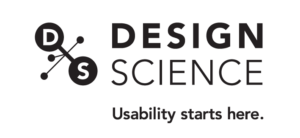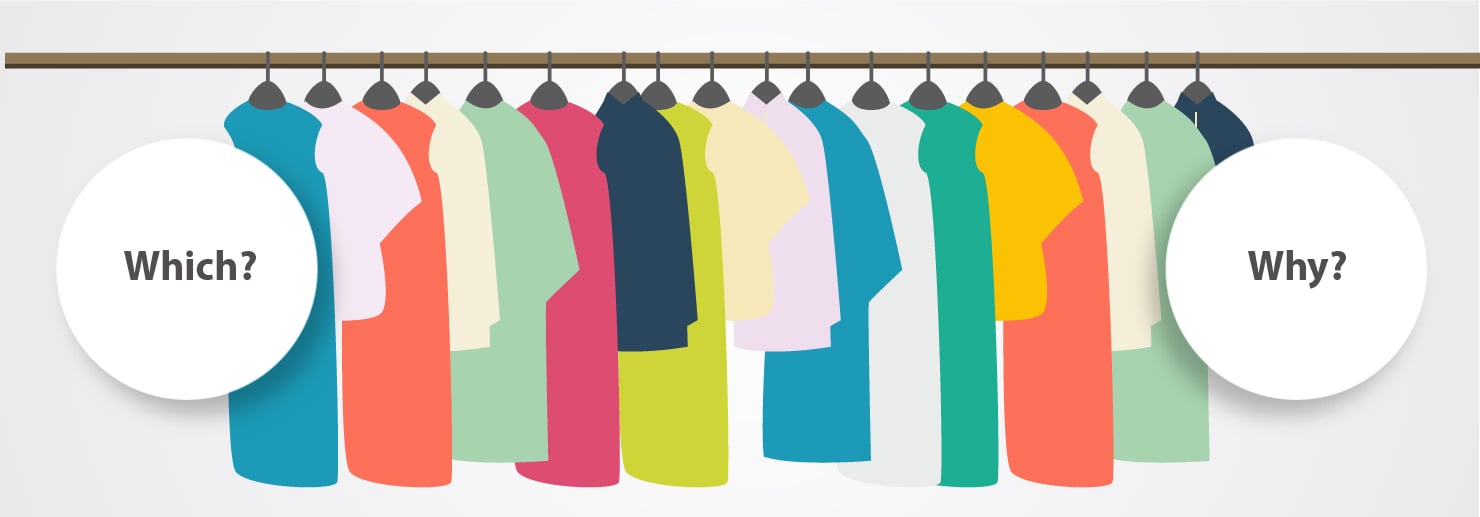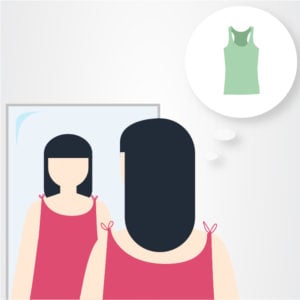Contextual Inquiry in My Own Closet
/ in study , contextual inquiry , ethnographic research , ethnography , news / by Christina SEvery few years, I try to improve my own product. Prompted by a sense of dissatisfaction with my clothing, I clean out and rebuild my wardrobe. I fill a trash bag with clothes to be donated, and feel accomplished as I look at my newly spacious closet. Each time I do this I’m convinced that I’ve solved the problem, only to be faced with that same problem again within a year or two.
This time, conscious of how often I had repeated this process, I decided to change my approach. I had been trying to improve a product without being able to define what the problems were. I didn’t have a clear understanding of how I was using my product or why I was using the product in the first place. My subjective evaluation of my closet was telling me that I had a problem, but that alone wasn’t enough information to make any meaningful improvements. I couldn’t articulate the source of my dissatisfaction—I just knew it was there.
Finding out how users feel about a product (also known as market research) is a common step in product development and improvement. It focuses on questions such as: What do the users say about the product? Does it work? Do they like it? Where do they think the problems are? What doesn’t feel right? This kind of subjective evaluation can sometimes give us insight into a product and whether it meets its users’ needs, but it doesn’t tell us how the product doesn’t meet those needs. Furthermore, it doesn’t tell us what the real needs are.
Separating fact from feeling
To be able to meaningfully improve my product, I needed to go beyond my subjective evaluation. I had to understand how I was using my product, and why I needed it in the first place. At first, I looked at my clothing and tried to determine from memory what I used the most. But as a contextual inquiry researcher, I knew that just trying to remember what clothing I had worn most often wouldn’t give me a complete or factual understanding.
As product users, we are unreliable witnesses to our own behavior. Our memory of tasks—how often they happen, how we do them, how long they take—is not only generally unreliable, it’s also distorted by our emotions. Our feelings about a task affect our recall of the task, but they don’t affect our recall in a consistent way. The result is a distorted understanding that can’t accurately reflect reality.
I thought I had a realistic impression of how I used my clothing, but I decided to test myself. For a few months, I kept a rough tally of how often I wore each piece of clothing in my closet. I immediately learned that my impressions had been wrong. I had assumed that I regularly wore most of my clothes; in fact, I was turning to the same few pieces most of the time.
Understanding the context of use

As I tracked how often I wore my clothes, I realized that clothing that I loved and that fit well was being ignored. As this experiment continued, I found that my dissatisfaction was not coming from the clothing itself, but rather, how my clothing fit in with the larger context of use—my lifestyle. Without tracking what clothes I wore, I would have continued to assume that the problem was with individual pieces of clothing that I was purchasing.
Understanding the larger context of a product’s use is a cornerstone of contextual inquiry, because it shows us what the overall user needs are. Through direct observation, we can see how a product is actually used. Then we can use field interviews to follow up on specific events or use issues that happened during that observation. Interviews based on the context of use are more valuable than surveys, because events that occur during the research can serve as a starting point for broader discussions.
Identifying the design specifications
As I began to see specific trends in how I used my wardrobe, my subjective evaluation became more specific and grounded in facts. I could consider specific examples of times that I’d been unhappy with my clothing, and reflect on them both in the moment and in relation to other pieces in my closet. This reflection helped me to build an understanding of the larger context and how my product fit into it.
I began to see that my perception of my lifestyle—and consequently, what clothing I needed—had been skewed. While shopping, I was away from the context of use, and my perception of the activities that comprised my lifestyle was skewed, often in favor of purchasing whatever was in front of me in the store. This incorrect perception was leading me to buy dozens of pieces that I liked, but only a select few that I used on a regular basis.
When we discuss contextual inquiry, we see a frequent juxtaposition between what users say they do and what they actually do. This juxtaposition can yield some of the most exciting qualitative findings, because it points us to ways that a product can be designed not just for usability, but also for user preference. My informal contextual inquiry showed me what I needed and why I needed it, but it also revealed the less obvious motivations that had governed my choices in ‘designing’ my product. It’s been almost a year since I started this project. I’m still in the design process, but I make far fewer additions to my closet now, and I know that each addition belongs there, based on the facts.
This post was edited by Lindsey Stefan.
Share this entry
-
Share on Facebook
Share on Facebook
-
Share on Twitter
Share on Twitter
-
Share on Google+
Share on Google+
-
Share on Linkedin
Share on Linkedin
-
Share by Mail
Share by Mail













